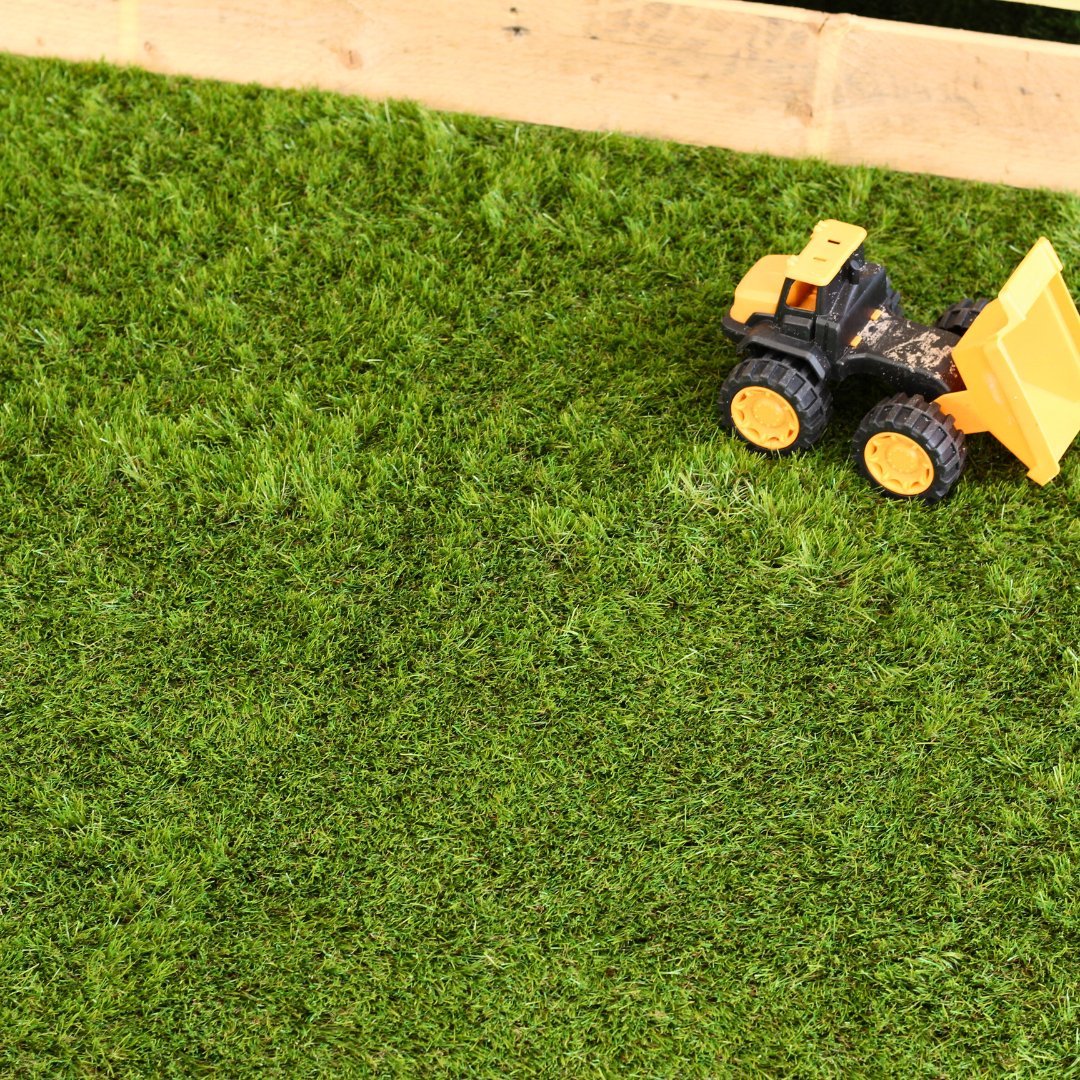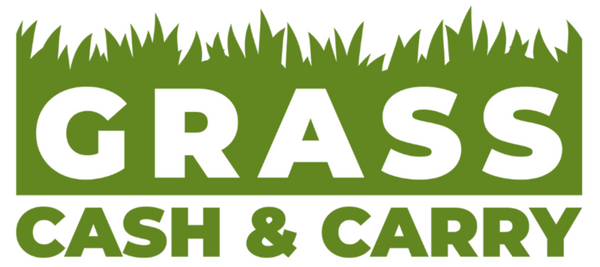How To Lay Artificial Grass
Artificial grass is an affordable, low maintenance option for any garden, and can be installed to complement other design features such as decking.Artificial grass has a vibrant appearance and a natural feel underfoot.It’s particularly convenient for pet owners who wish to avoid muddy churned-up lawns.We recommend hiring professionals to lay your turf, but we’ve compiled a guide for the DIY enthusiasts.
How to lay your artificial grass step by step

Step 1: Prepare the area.
Excavate to 75mm below your intended finished height. A hired turf cutter is height adjustable and will make light work of removing your old lawn, otherwise use a spade. Install an edge restraint, such as treated timber, around the perimeter. Treat with weed killer and lay a weed barrier over the soil, fixing close to the edges with u-pins.

Step 2: Lay the foundations.
You’ll need a minimum of 50mm of MOT stone Sub-Base, then 25mm of Laying Course (granite or limestone dust is preferable to sand).Use a compactor/whacker-plate at each layer(spray each layer with water to keep down dust and help binding).Top with another layer of weed barrier.

Step 3: Lay your grass.
Acclimatise the grass by unrolling across your new lawn and leaving for 24 hours before fitting. Make sure the pile direction is facing towards your house, and all pieces are facing the same way.

Step 4: Fit your grass.
Cut to size. Ensure that you trim away the selvedge excess cloth and fix adjoining pieces with jointing tape (shiny side down) using adhesive then fix the perimeter with galvanised nails or u-pins

Step 5: Final steps.
Allow adhesive 24 hours to cure. Ensure the grass is completely dry and apply a layer of kiln dried sand (25kg bag every 6m2) and brush the grass against the pile to settle the sand and stand the fibres upright.

Step 6: Relax.
You can now use your artificial lawn or sit back and admire it.





